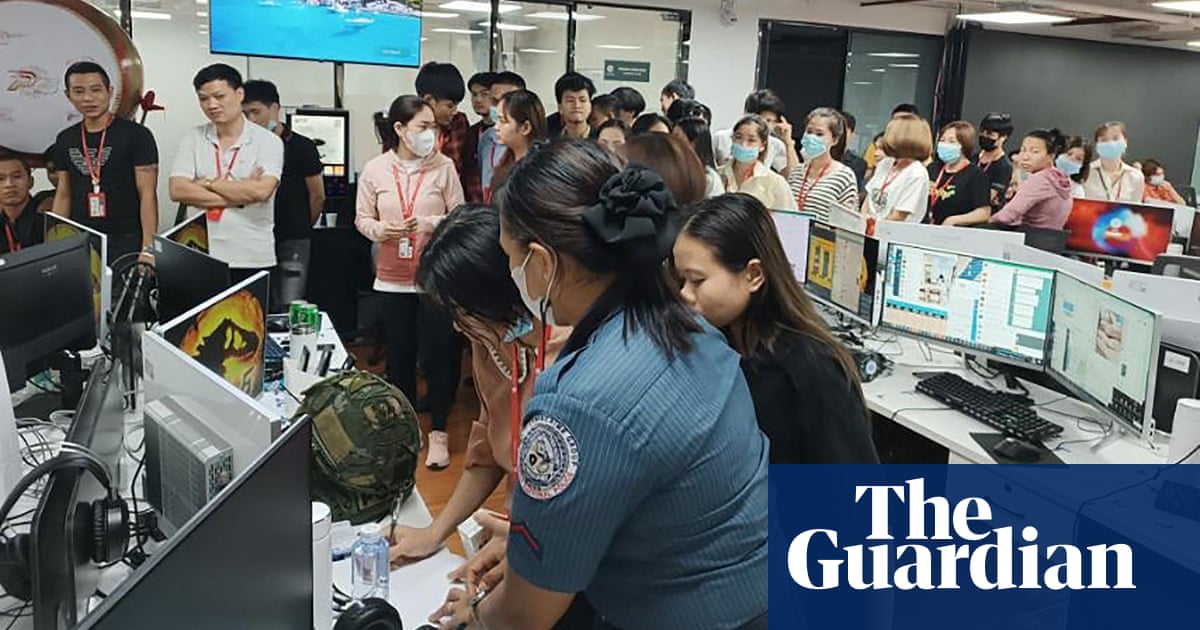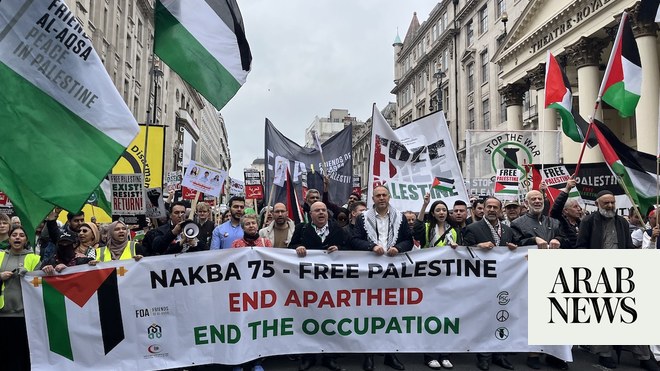
Thousands of Iranians protested in the restive south-east to mark a 30 September crackdown by security forces known as “Bloody Friday” as the country’s rulers faced persistent nationwide unrest.
Amnesty International said security forces unlawfully killed at least 66 people in September after firing at protesters in Zahedan, capital of flashpoint Sistan and Baluchistan province. Authorities said dissidents had provoked the clashes.
A video posted by the widely followed 1500tasvir activist Twitter account purported to show thousands marching again in Zahedan on Friday. Reuters could not verify the authenticity of the footage.
Another video that 1500tasvir said was from the town of Khash in the south-east showed protesters trampling and breaking a street sign carrying the name of top general Qassem Suleimani, who in 2020 was assassinated by a US drone attack in Iraq.
Public anger before the 30 September shooting was fuelled by allegations that a police officer raped a teenage girl. Authorities have said the case is being investigated.
Anti-government demonstrations also erupted that month after the death of a Kurdish woman, Mahsa Amini, who had been detained by morality police for allegedly flouting the Islamic Republic’s strict dress code imposed on women.
Nationwide, demonstrations have since turned into a popular revolt supported by students, doctors, lawyers, workers and athletes, with fury directed mostly at the supreme leader, Ayatollah Ali Khamenei.
Women have been at the forefront of the protests, with many removing their hijabs. On Friday, video emerged of the archer Parmida Ghasemi removing her hijab during an awards ceremony in Tehran. In the video, Ghasemi, standing along with other athletes on a podium, lets her headscarf fall while unseen people in the audience clap and shout “bravo”. The athlete next to her tries to pull up Ghasemi’s scarf, but she moves her head away. Reuters could not verify the authenticity of the video.
The government, which has blamed Amini’s death on preexisting medical problems, has said the protests are fomented by Iran’s foreign enemies, including the US, and has vowed to reestablish order.
It accuses armed separatists of perpetrating violence and seeking to destabilise the Islamic Republic.
Some of the worst unrest has been in areas home to minority ethnic groups with longstanding grievances against the state, including Sistan and Baluchistan and Kurdistan.
Sistan and Baluchistan, near Iran’s south-eastern border with Pakistan and Afghanistan, is home to a Baluch minority with an estimated 2 million people. They have faced discrimination and repression for decades, according to human rights groups.
Iran has denied there is discrimination. The region is one of the country’s poorest and has been a hotbed of tension where Iranian security forces have been attacked by Baluch militants.
The activist Hrana news agency said 330 protesters had been killed in the unrest as of Thursday, including 50 minors. Thirty-nine members of the security forces had also been killed, while nearly 15,100 people have been arrested, it said.











